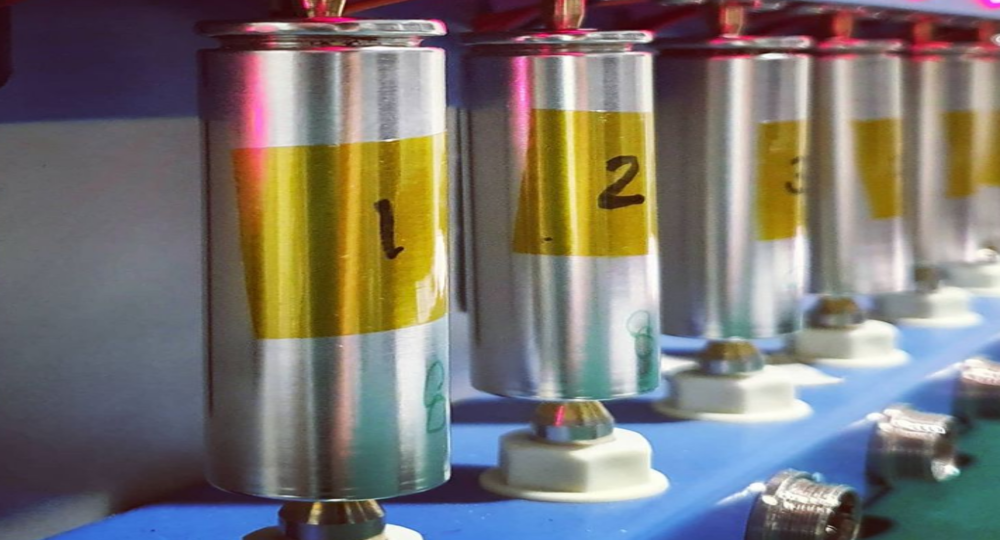Technologies
Discover, Connect & Collaborate at TECHINNOVATION 2021
Lithium Titanium Oxide Rechargeable Battery Technology

Technology Overview
Current battery technologies face limitation in terms of low cycle life, slower charging speed, low safety as well as narrow working temperature range. Lithium titanium oxide (LTO), also known as lithium titanate has emerged as an alternative anode material for rechargeable lithium-ion batteries (LIB). It has the potential for long cycle life, safe and stable fast charging and discharging, as well as better low-temperature performance compared to their graphite-based counterparts. Typically, LTO is used to replace graphite anode of LIB, and combining with lithium iron phosphate (LFP), lithium nickel manganese cobalt oxide (NMC) or lithium manganese oxide (LMO) cathodes to achieve the above-mentioned advantages.
Based in Singapore, the technology owner has developed a high performance LTO cell in cylindrical format, stemming from its extensive research in high performance materials with proprietary additives in the battery cells and strict process controls. At a laboratory scale test, the LTO cell is capable of maintaining a good stability in terms of capacity retention with more than 500 cycles, and is able to maintain a stable and safe surface temperature. Hence, the cells are potentially suitable for high current application with high charging and discharging rates.
The technology owner is seeking industry partners to adopt the technology and co-develop battery pack systems for specific applications. The technology owner is also seeking strategic business partners as well as investors to collaborate in expanding and scale up the LTO battery manufacturing process.
Typically, LTO is used to replace graphite anode of LIB, and combining with lithium iron phosphate (LFP), "lithium nickel manganese cobalt oxide (NMC)" or lithium manganese oxide (LMO) cathodes to achieve the above-mentioned advantages.
Technology Features, Specifications and Advantages
- The LTO cell is able to maintain a good stability in terms of capacity retention with more than 500 cycles when cycled at 6A, compared to existing commercial cells in which the capacity retention performance dropped significantly after 100 and 200 cycles.
- Cell’s surface temperature shows a stable temperature of 37°C compared to existing commercial cells with temperature above 43°C and 56°C.
Potential Applications
- Electric mobility: 2-,3-, and 4-wheelers, e-bicycles, e-scooters, e-motorcycles, autonomous vehicles, buses, tractors, drones, robotics, etc.
- Renewable energy: Energy storage for off-grid application, standalone application, solar street lighting, energy storage systems, etc.
- Consumer products: Power tools, wireless household appliances, vacuum cleaners, torch lights, etc.
Customer Benefit
- As the world move from traditional energy to renewable energy and with sustainability as a focus, the trend for the past ten years was using renewable energy power sources like solar and wind power. In the next decade, the world will be moving into e-mobility and the internal combustion engines (ICE) will be gradually phased out. This move will be significant considering the millions of ICE mobility turning to electric and the renewable energy storage replacing diesel generators.
- These changes are in line with the United Nation’s Sustainable Development Goals (SDG) as well as aligning with the principles of Environmental, Social and Governance (ESG).
- Given the longer life span for energy storage, even though with higher upfront costs, the savings over the years derived from the LTO cell technology will be significant.